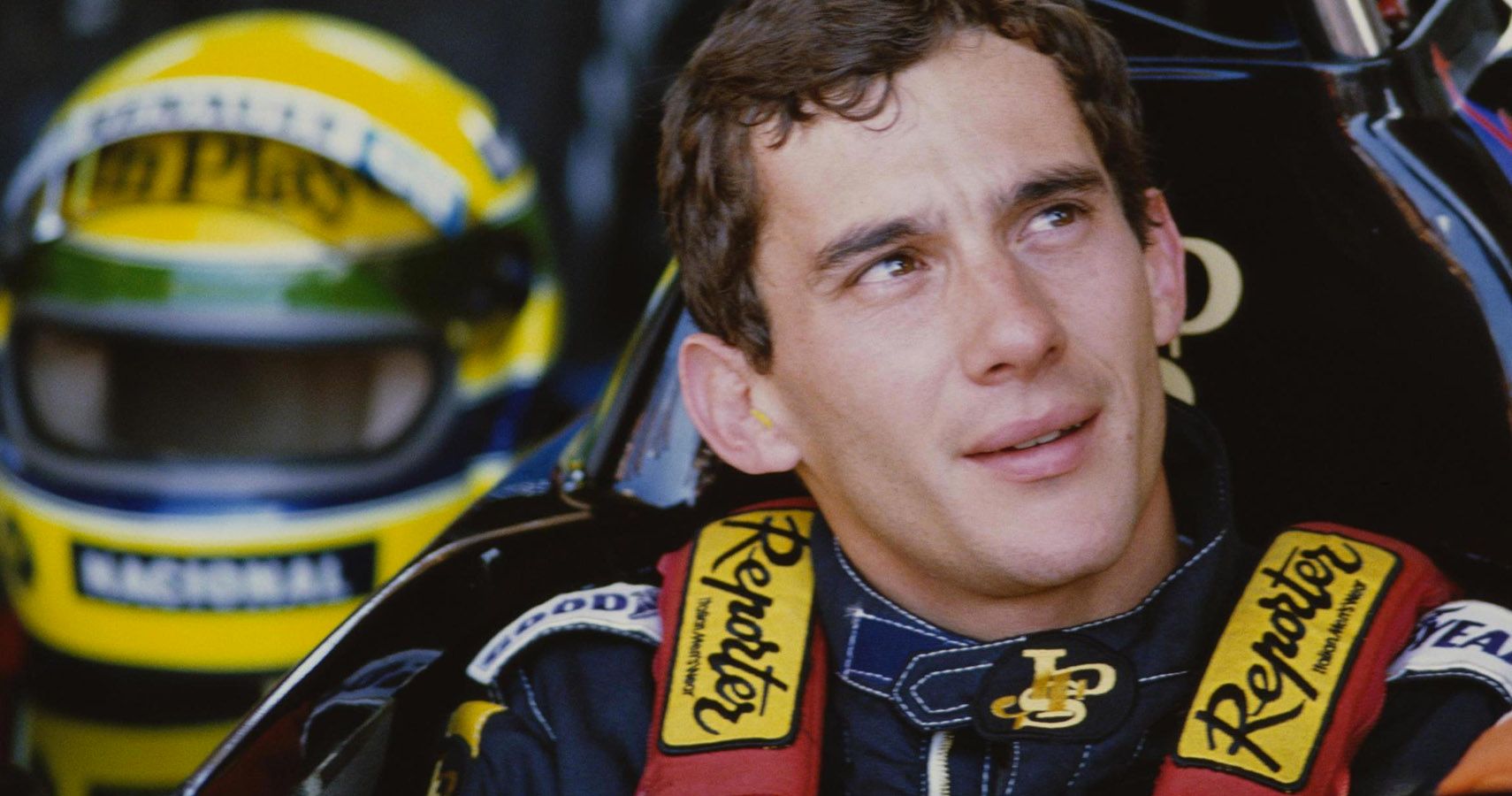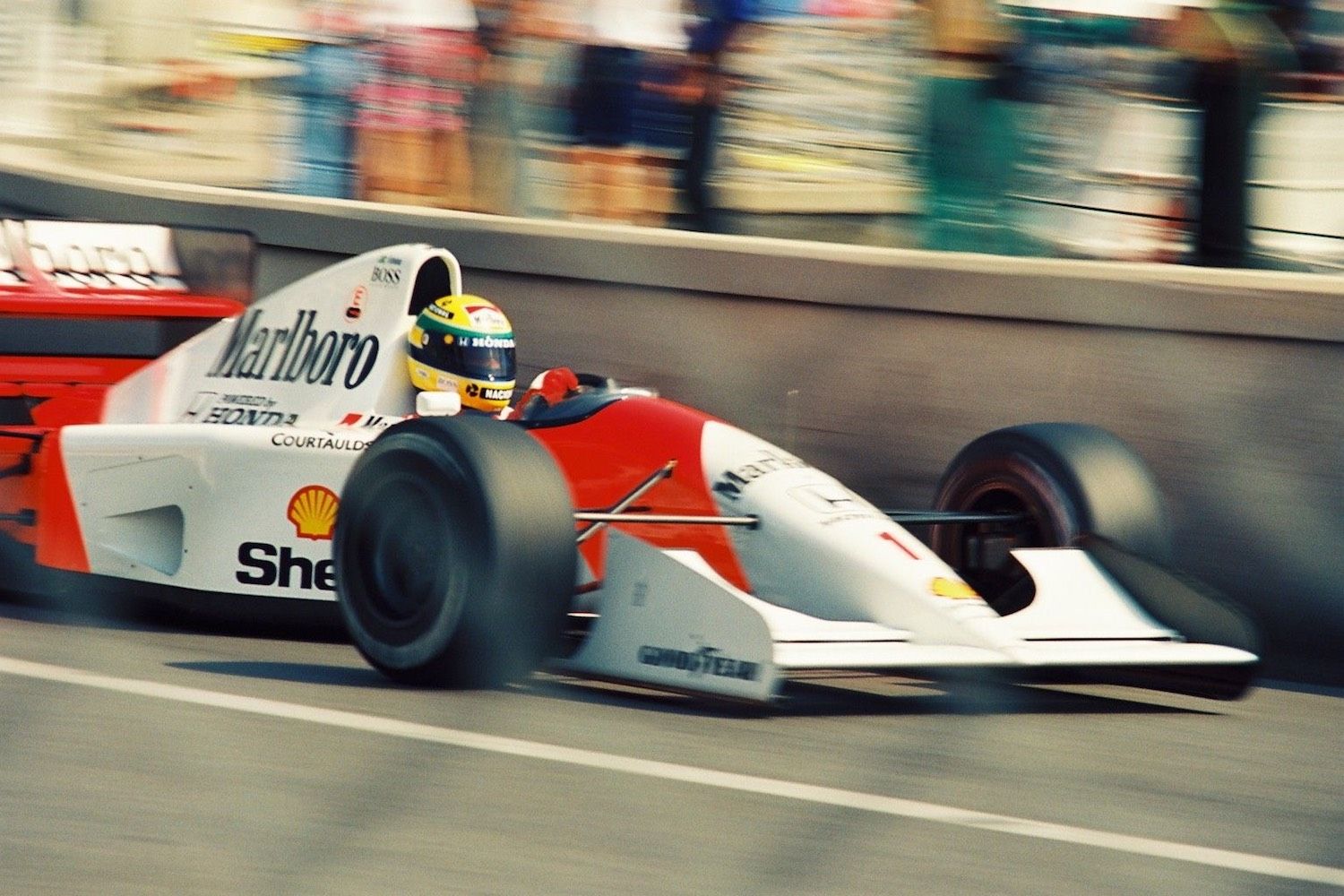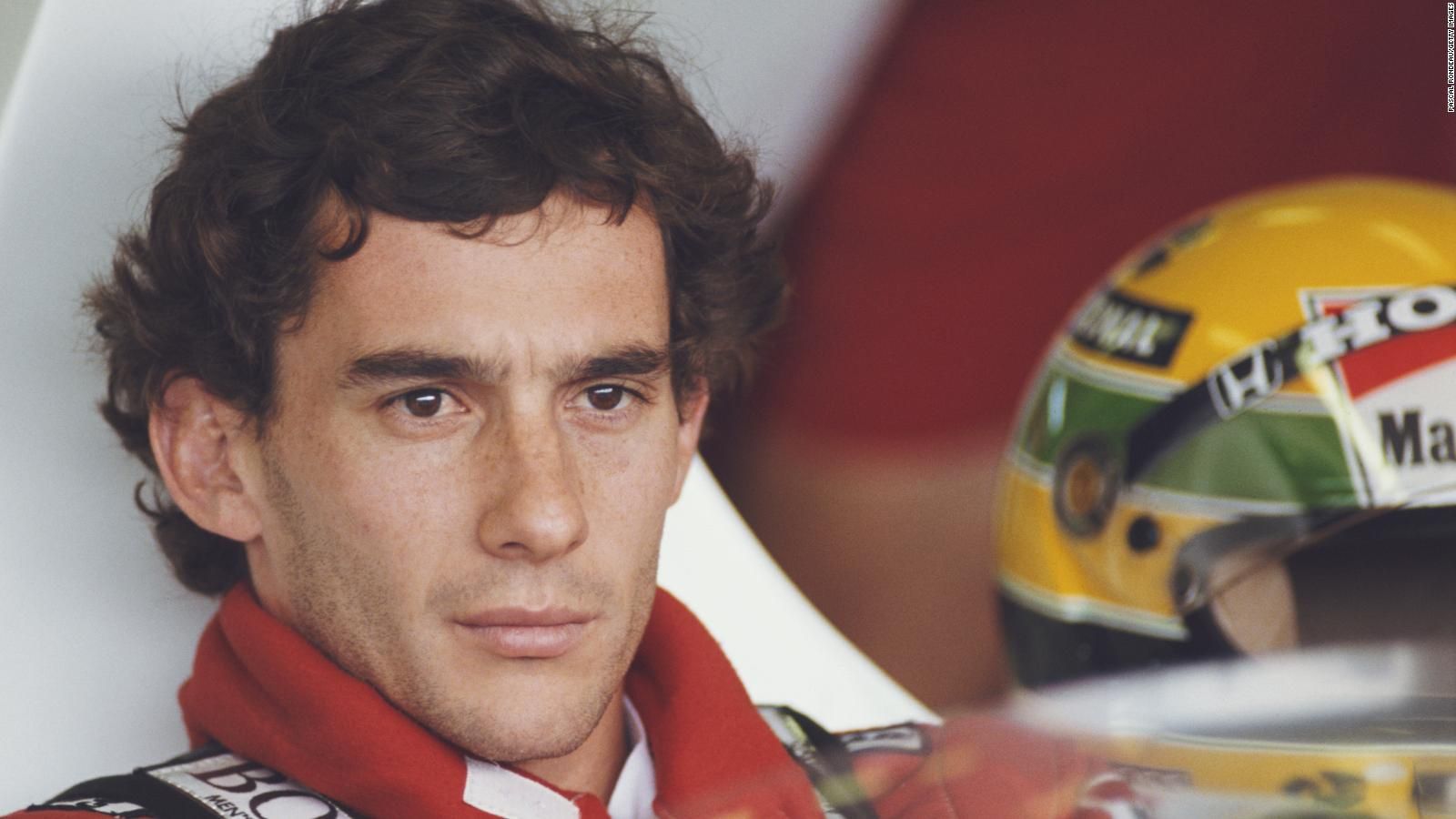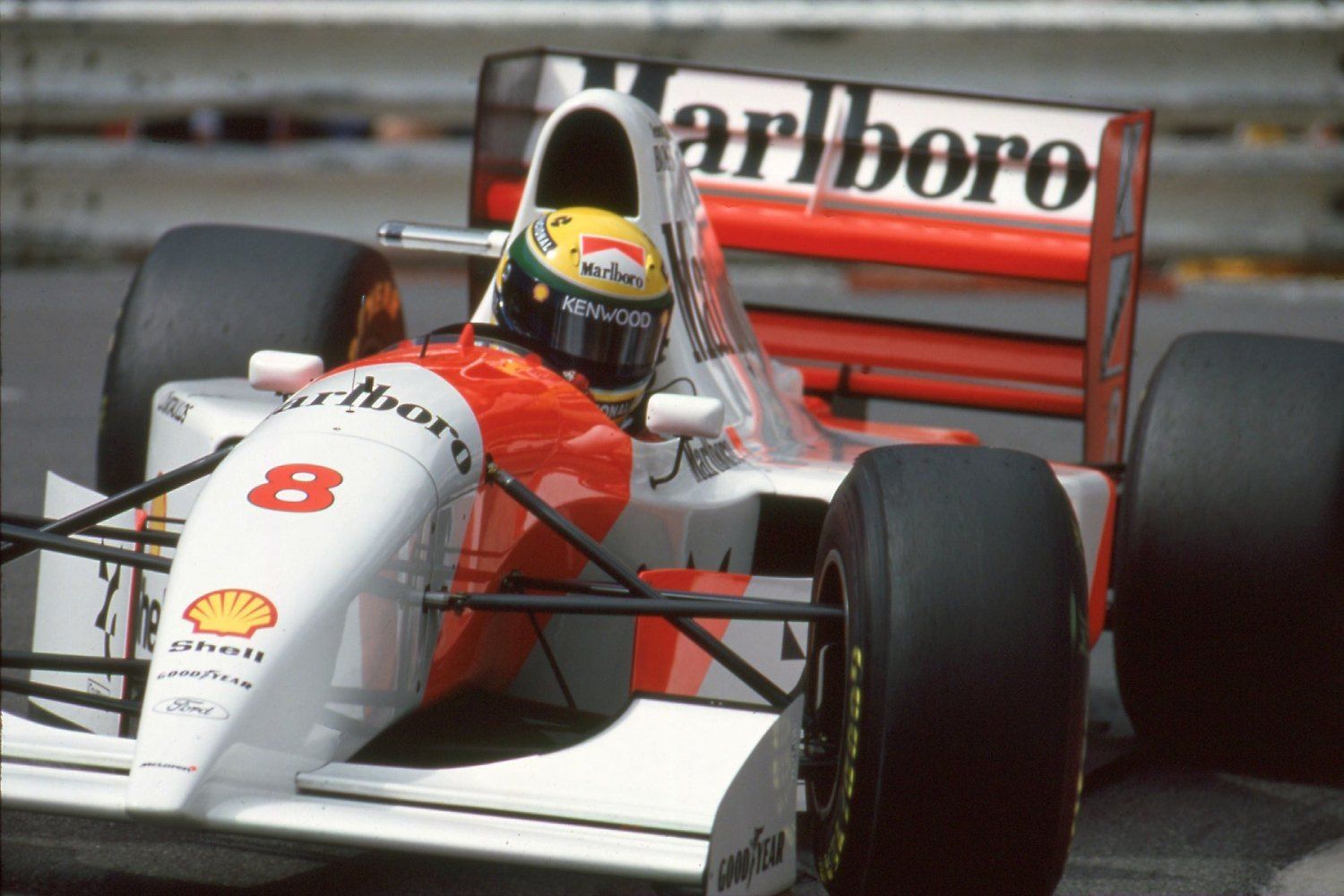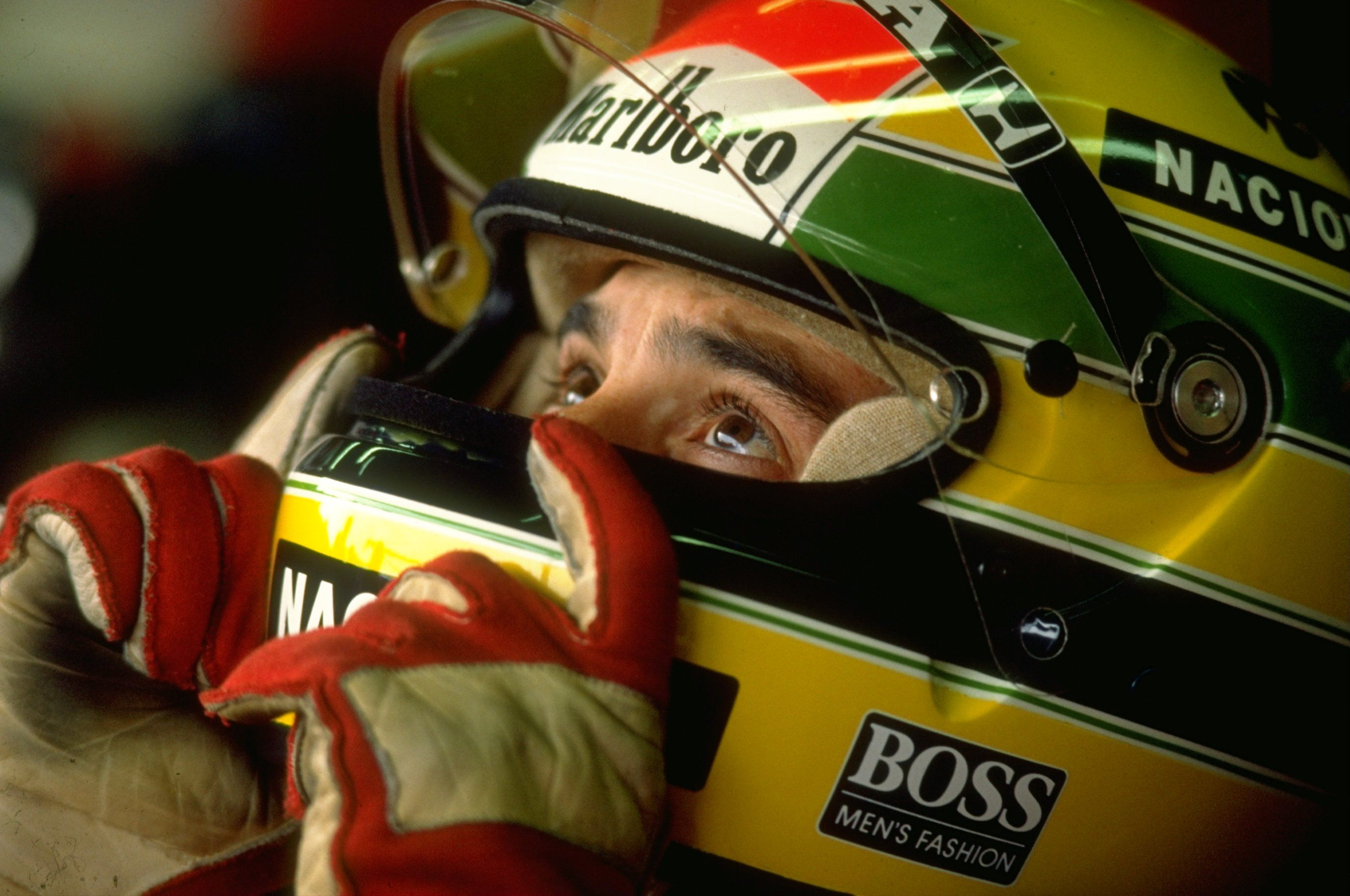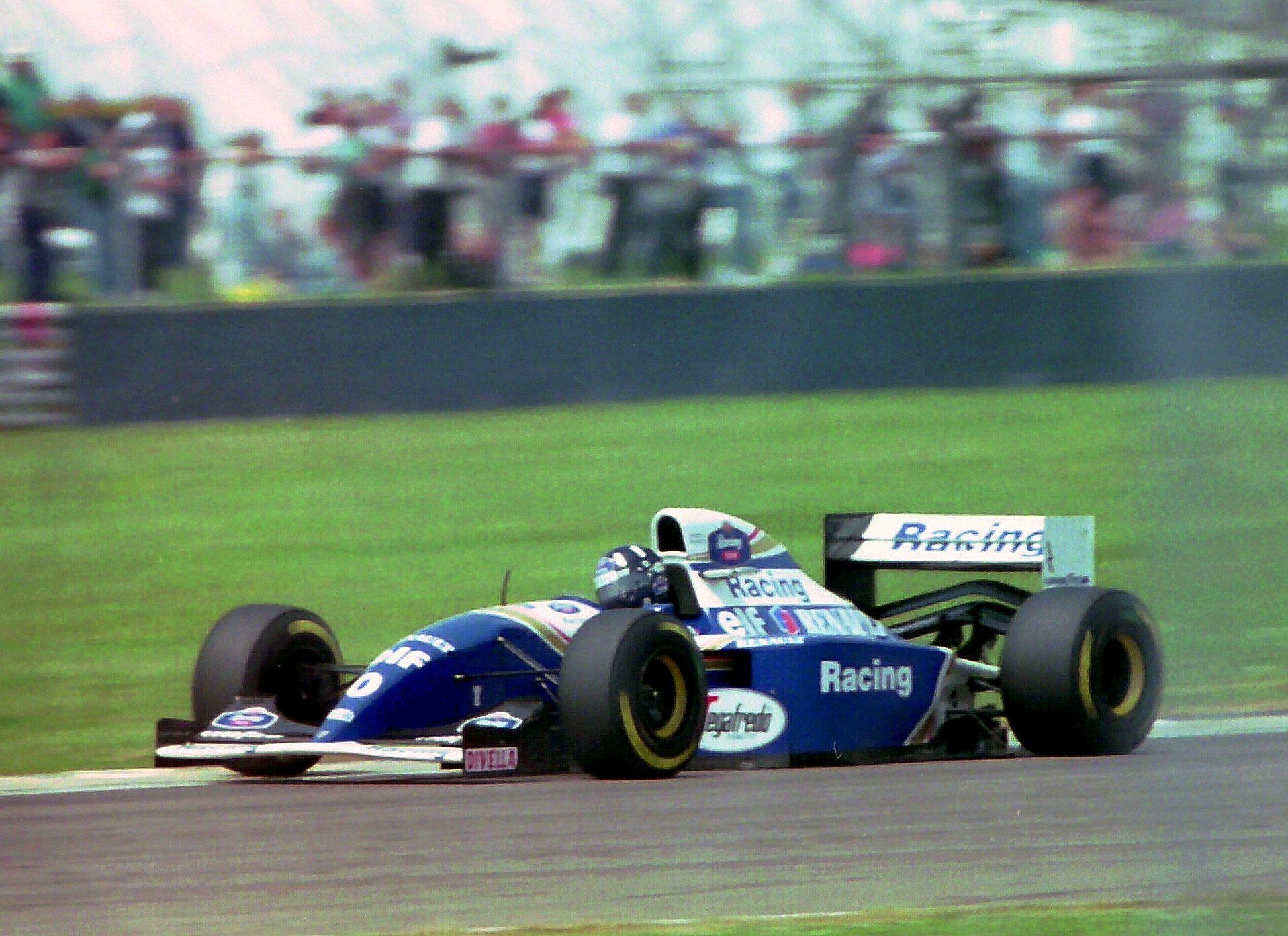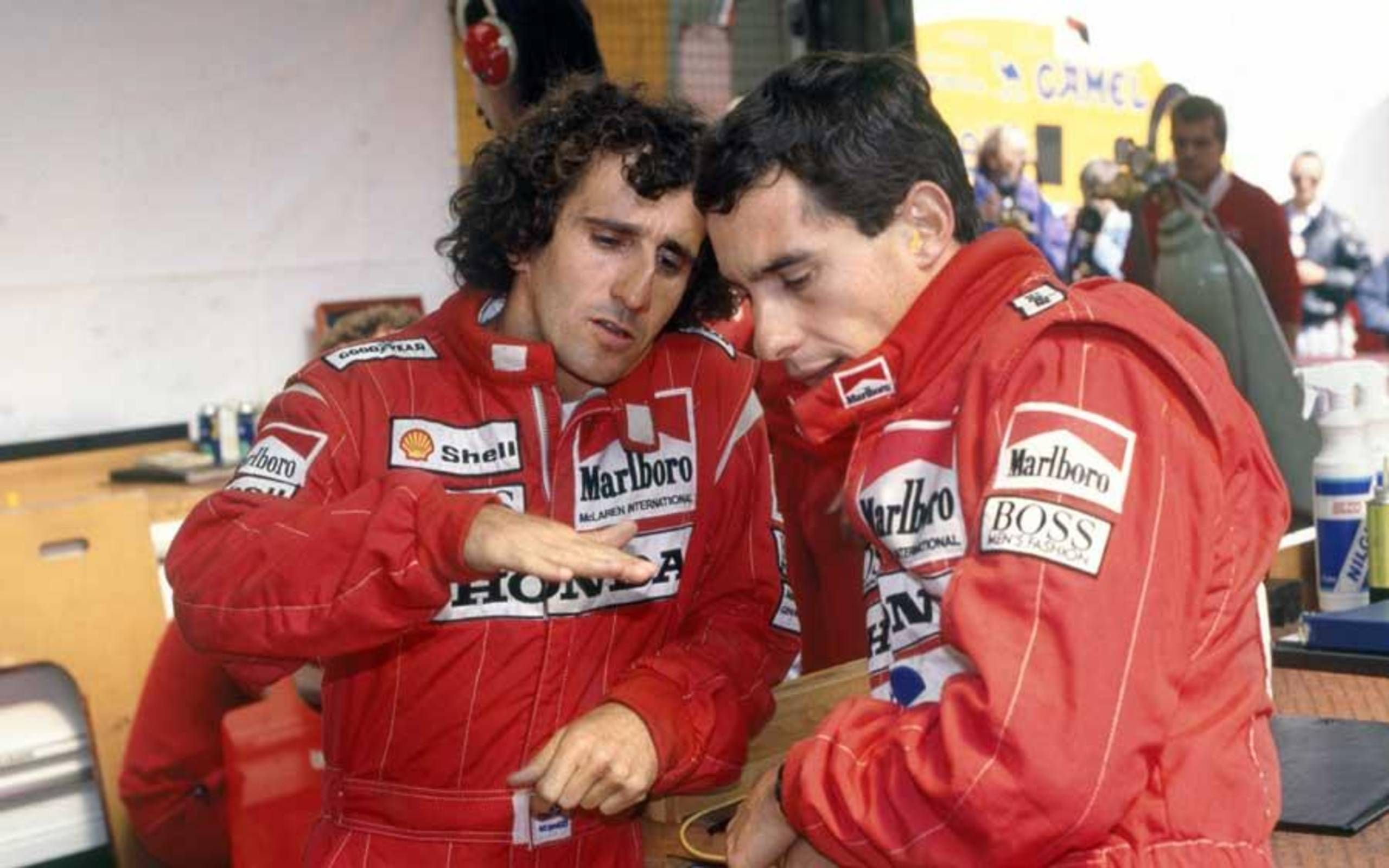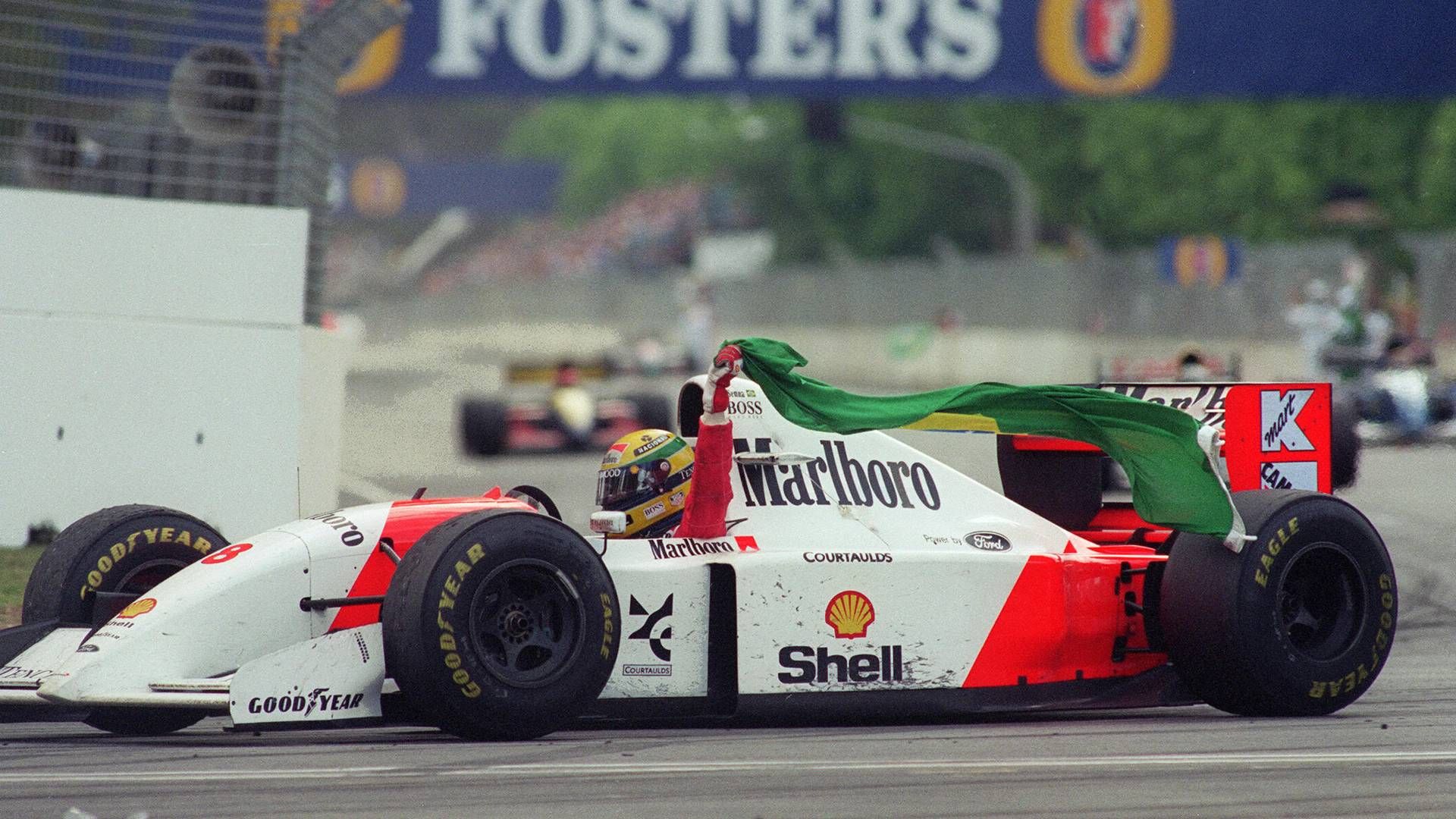Ayrton Senna; is there a name more iconic in the sport of Formula One? The Brazilian driver was the perfect embodiment of everything we expect from a race car driver; he was charming, competitive, and most importantly, he was fast. At the time of his career, there was simply no one more exciting to watch.
Although it's unfortunately true that much of Senna's legacy has been overshadowed by tragedy, it's a disservice to not honor and understand one the greatest drivers the sport ever produced. So without further ado, here are 10 things that all F1 fans should know about the legendary Ayrton Senna.
10 His legendary driving techniques
Senna's driving techniques have become the stuff of urban legend; most famously, it is said he could shift with either hand under immense pressure. He was driving at a time in racing history when shifting gears was done with a gear stick (paddle shifters hadn't been developed yet).
On the sharpest left-hand corner in Monaco, drivers have to turn their steering wheel as far as possible and (as a result) cross their hands in the process. According to McLaren, Senna would be steering with his right hand and then downshifting with his left.
9 The Master of Monaco
Speaking of Monaco, Senna is still to this day named the "Master of Monaco" for his continual success on the championship's most difficult course. His debut of the course was the infamous 1984 Grand Prix, in which the race was controversially cancelled on the 31st lap due to rain and dangerous conditions.
He went on to win the race six times. He won five times in a row from 1989. His worst finishing position was third. His only failures on the course were from when he retired from the lead in 1985 due to a blown engine and crashed with an astounding lead in 1988.
8 He was overly-competitive in a sport where that seems impossible
Senna had such an intense relationship with winning that he would often take things personally with any competitive rivals. On one occasion, during the 1993 Japanese Grand Prix, Senna had a comfortable lead and was making his way through lapped traffic, when he was challenged by a young Eddie Irvine.
It was Irvine's first F1 race and he was determined to un-lap himself. There is some debate as to the severity of the consequences that followed; the most common being that after the race Senna punched Irvine in the face.
7 He saved the life of a fellow driver
It was in the middle of the practice session for 1992 Belgian Grand Prix that Erik Comas, a French driver for Ligier, had a heavy crash in which he was injured and knocked unconscious. Senna stopped his car and ran in front of the race traffic to get to Comas. Once there, he shut of Comas' engine so that it wouldn't catch fire and held his head, stabilizing his neck until the paramedics arrived.
6 Senna predicted that someone would die in the exact place that he did
The Imola's Tamburello corner had claimed many serious crashes before Senna's fateful May 1st in 1994. Chief concerns of the corner were the bumpy track in combination with the tight space between the track and the concrete wall which protects the Santerno river.
Senna and Gerhard Berger (a driver who had formerly crashed there) inspected the corner for safety improvements. They wanted to push the retaining wall further from the track but it was impossible to do so because of the Santerno River. It was then that Senna confessed to Berger his fear that someone would die there.
5 Multiple drivers owe their lives to the Legacy of his Tragedy
Following the death of Senna, the world of Formula One was changed forever. The demand that the sport be made safer had never been so overwhelming and unanimous. Although it's hard to point to specific instances of this progress there is general evidence that more drivers than ever are walking away from major accidents with minor injuries.
There could and should always be more progress to be made in the name of safety; but the sport is undeniably more safe than it's ever been. Only one F1 driver has died from collision since Senna.
4 Senna wasn't the only death at the 1994 San Marino Grand Prix
Senna often flew a Brazilian flag after a race, during his victory lap. On the day he died the flag in his car was not Brazilian but Austrian. It was intended that if he should win, he would fly the flag in memory of Roland Ratzenberger, who had died in qualifying the day before.
FIA president Max Mosley was absent from Senna's funeral because he chose to attend Ratzberger's. He believed that Senna's funeral would be huge (which it was) and was worried that if he didn't go to Ratzenberger's funeral, no one would.
3 His relationship with Alain Prost
Although the two were teammates at McLaren for the '88 and '89 season, the two were notorious rivals (and not in a friendly way). They each won one of their many world championships due to the other's crashing. Prost went so far as to expressly prohibit Williams from signing Senna as a teammate in his contract. After Prost retired things became a little better between the two of them. Senna even called Prost the night of Ratzenberger's crash (the night before his own death) to discuss making the sport safer.
2 He was a surprisingly deep thinker for a racing driver
There doesn't seem to be a lot of overlap between the professions of a philosopher and a race car driver. It almost seems counterproductive; philosophy being an unnecessary distraction. However, Senna would often describe his driving in metaphysical terms.
He would talk about driving the car without conscious thought, using only instinct. He called it "touching the limit." He also used to play chess with team owner and master strategist, Sir Frank Williams (before he drove for the team).
1 He won the 1991 Brazilian Grand Prix without shifting
Undoubtedly, one of the most legendary races of the entire sport was the 1991 Brazilian Gran Prix. Driving on his home track, Senna was leading the race with a little over ten laps to go when his transmission started failing. He lost third, fourth, and eventually fifth gear.
He was forced to drive the remainder of the race stuck in sixth gear. It was through sheer skill and feel that he managed to get the car around the track. It was a miracle no one caught him. He was so exhausted after winning that he had to helped from the car.

